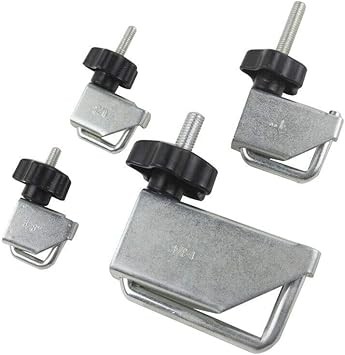If your VW GTI MK7 is taking forever to heat up, you might have a problem with the coolant shut-off valve. This guide provides a DIY solution for replacing this valve, often implicated when a VCDS scan reveals no obvious errors but the heater takes 15-20 minutes to warm up. This fix is a potential solution before resorting to more drastic measures like coolant flushes or heater core replacements.
Identifying the Problem: Slow Heat and the Coolant Shut-off Valve
A common issue in the MK7 GTI is delayed heat, despite normal operating temperatures and no apparent VCDS error codes. This often points to a faulty coolant shut-off valve (also known as the heater control valve). This valve regulates coolant flow to the heater core. If it’s stuck or malfunctioning, it restricts coolant flow, causing slow cabin heat. This guide outlines the replacement process for this valve.
Tools and Parts Needed for the Repair
Before starting, gather the necessary tools and parts:
- Torx bits (T25 and T30): For removing various screws and bolts.
- 7mm socket: For accessing hose clamps in tight spaces.
- Radiator hose picks: To help detach hoses from the valve.
- Coolant hose clamps: To minimize coolant loss during the process. These are highly recommended: Amazon.com: VCT 4 Pc Fluid Line Clamp Set
- Ratcheting hose clamp pliers: Essential for working with hose clamps in confined areas: Amazon.com: Astro Pneumatic Tool 9409A Hose Clamp Pliers
- Ratchet quick spinner: Useful for maneuvering in tight spaces: Amazon.com: Williams 30003 1/4-Inch Drive Socket Extension
- Replacement coolant shut-off valve: Ensure compatibility with your specific GTI MK7 model. This guide used part number 4H0121671D from FCP Euro: FCP Euro: Audi HVAC Heater Control Valve – Genuine VW Audi 4H0121671D
Step-by-Step Replacement Procedure
-
Air Filter Housing Removal: Begin by removing the air filter housing to gain access to the valve located on the driver’s side of the engine block.
-
Air Guide Pipe Removal: Remove the T30 Torx screw securing the air guide pipe and loosen the rearmost hose clamp on the pipe using a 7mm socket.
-
Coolant Shut-off Valve Removal: Disconnect the electrical connector from the valve. Remove the two T30 Torx bolts holding the valve in place. Clamp the coolant hoses using hose clamps to minimize coolant loss. Using the ratcheting hose clamp pliers, remove the hose clamps and carefully detach the hoses from the valve.
-
Installation: Install the new valve, ensuring the hoses are securely attached and clamped. Reinstall the two T30 Torx bolts. Reconnect the electrical connector.
-
Reassembly: Reinstall the air guide pipe and air filter housing.
-
Coolant Top-off: Run the engine briefly, then top off the coolant level as needed.
Verification and Conclusion
After the replacement, run the engine and monitor the heater. The heat should come on much faster if the shut-off valve was the culprit. This DIY fix can save you significant time and money compared to more extensive repairs. Remember to consult your vehicle’s specific repair manual for detailed instructions and torque specifications. While this guide provides a general overview, variations may exist based on your specific model year.


